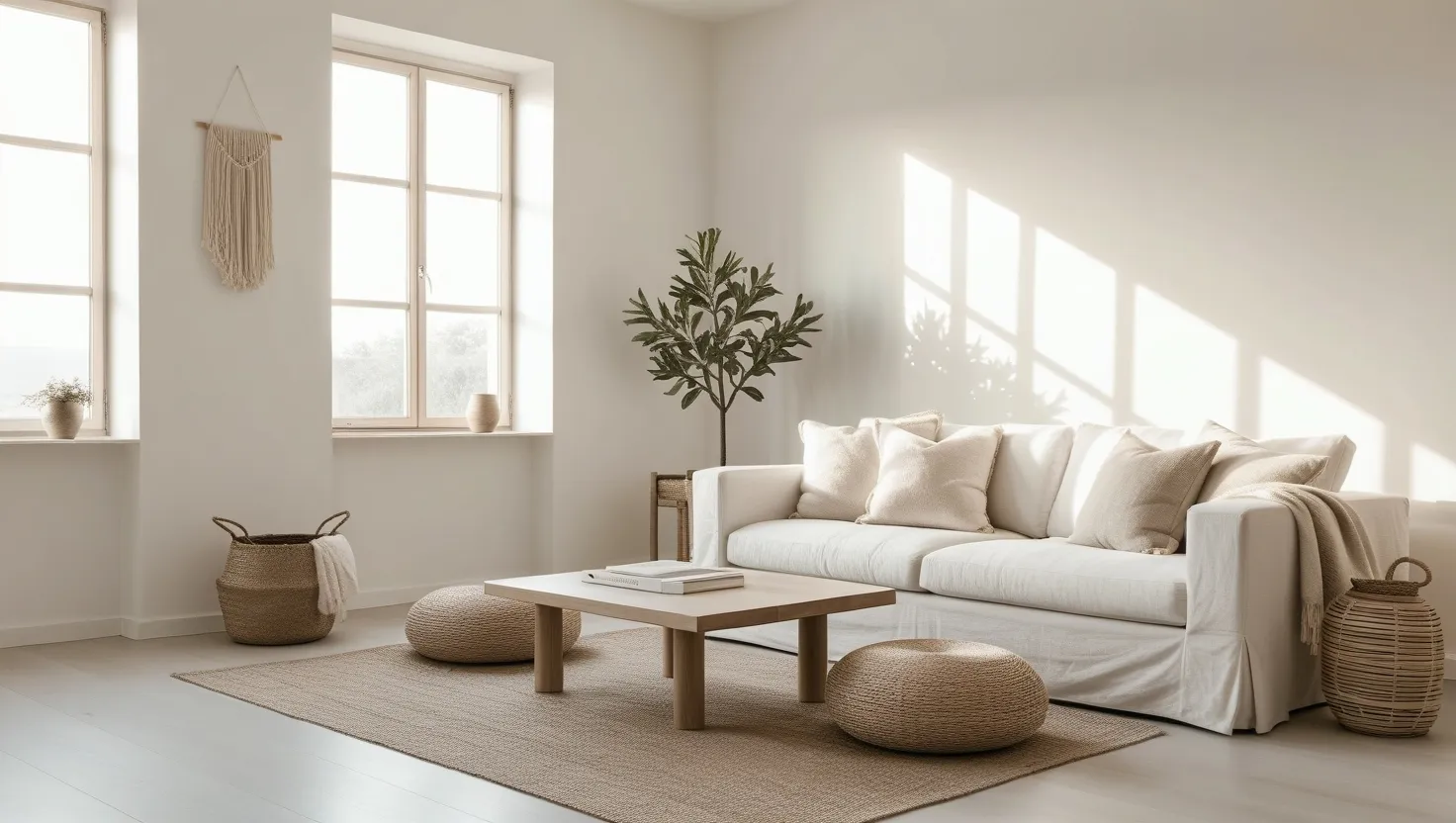As I sit in my living room, surrounded by the familiar comforts of home, I often find myself pondering the intricate relationship between our living spaces and our mental well-being. The concept of decluttering, while often viewed as a mundane chore, holds a profound significance when approached through the lens of Zen philosophy. Here, we delve into the world of Zen-inspired decluttering, where the act of clearing physical space becomes a journey of mental clarity and peace.
The Power of Mindful Assessment
Before you begin the decluttering process, take a moment to sit quietly in each room of your home. Observe how the space makes you feel. This simple act of mindfulness can be transformative. As you sit, notice the emotions that arise. Do you feel overwhelmed by clutter, or do you sense a sense of calm? This awareness will guide your decisions on what to keep and what to discard.
“Clutter is not just physical stuff. It’s old ideas, toxic relationships and bad habits. Clutter is anything that does not support your better self.” - Eleanor Brownn
As you assess each room, ask yourself: What is the purpose of this space? How do I want to feel when I am here? These questions help you align your physical environment with your emotional and mental well-being.
The Balance of the One-In, One-Out Rule
One of the most effective Zen-inspired techniques is the one-in, one-out rule. For every new item you bring into your home, remove one. This simple principle maintains balance and prevents the accumulation of clutter. It’s a constant reminder that every addition must be offset by a subtraction, ensuring that your space remains harmonious.
Imagine your home as a delicate ecosystem where every element has its place. When you introduce a new item, it’s like adding a new species to an environment; it must be balanced by the removal of another to maintain harmony.
The Value of Breathing Space
In Zen philosophy, empty space is highly valued. It’s not just about removing clutter but also about creating open areas that allow your home to “breathe.” Avoid the urge to fill every corner with something. Instead, let the space speak for itself.
Think of your home as a canvas. Just as an artist needs negative space to create a balanced composition, your home needs empty spaces to create a sense of tranquility. This breathing space allows your mind to relax and focus.
Regular Cleansing Rituals
Setting aside time each week to tidy and reorganize is a crucial part of maintaining a clutter-free home. These regular “cleansing” rituals are not just about cleaning; they are about maintaining order and preventing clutter from building up.
As you tidy, remember that it’s not just about the physical act but also about the mental clarity it brings. Each item you put back in its place is a small victory in the battle against chaos.
The Calm of Natural Materials and Neutral Colors
When it comes to decorating your home, choose items made from natural materials like wood, stone, or natural fabrics. These materials bring a sense of earthiness and calm to your space. Additionally, opt for a neutral color palette to create a serene atmosphere.
Natural materials and neutral colors work in harmony to soothe the senses. They create a backdrop that is calming and unobtrusive, allowing you to focus on what truly matters.
Limiting Visual Stimuli
In a world filled with constant stimulation, it’s easy to forget the beauty of simplicity. Reduce the number of decorative items on display and adopt a minimalist approach. This can create a more peaceful atmosphere, allowing your mind to rest.
“The simplest acts of kindness are by far more powerful than a thousand heads bowing in prayer.” - Mahatma Gandhi
By limiting visual stimuli, you create an environment that is less overwhelming and more conducive to relaxation.
Practicing Gratitude for Possessions
Before discarding any item, take a moment to acknowledge its purpose in your life. This mindful approach fosters appreciation and intentional living. It’s not just about getting rid of things; it’s about honoring the role each item has played.
As you hold each item, reflect on the memories it holds or the service it has provided. This act of gratitude makes the process of decluttering more meaningful and less about loss.
Transforming Your Home into a Sanctuary
By incorporating these Zen-inspired decluttering techniques, you can transform your home into a tranquil sanctuary. It’s a journey that requires patience, mindfulness, and a willingness to let go.
“Be where you are, otherwise you will miss your life.” - Buddha
As you declutter, remember that you are not just clearing physical space; you are creating mental clarity and peace. Each step you take towards simplicity brings you closer to a more fulfilling life.
So, take a deep breath, sit in your living room, and observe. What do you see? What do you feel? The journey to a peaceful home begins with a single step – the step of mindfulness and intention. Will you take it?






